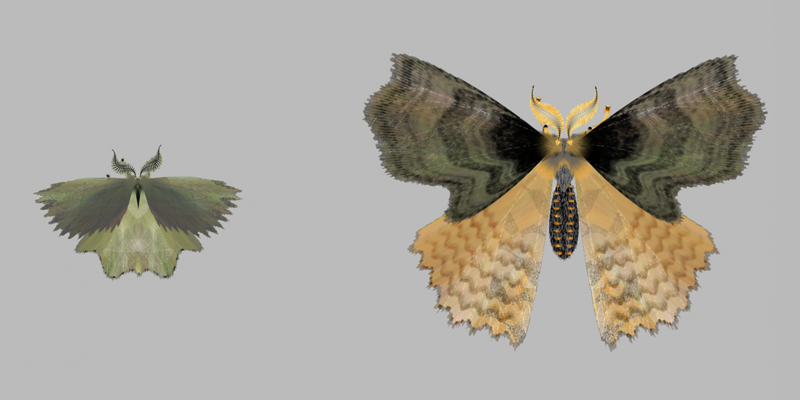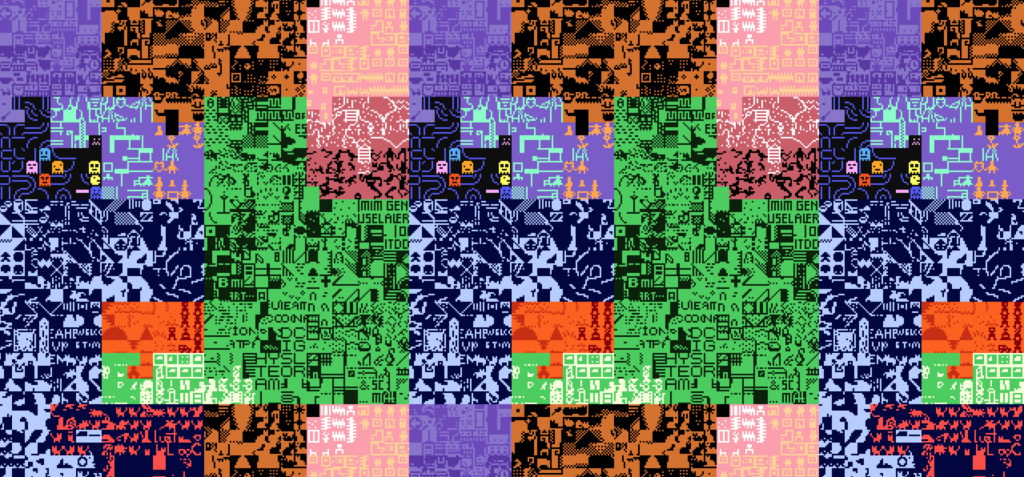Time: Monday and Wednesday – 10:00PM – 12:50PM
Location: CFA 318 (Mac lab)
Instructor: Paolo Pedercini – paolop andrew…
Office: CFA 419A – 4th Floor
Office hours: By appointment
Foundation: Digital Media (60-210) is an introduction to practices, artists, and tools from a variety of contemporary fields including interactive media, internet and post-internet art, machine learning, hacktivism.
In this course, students develop the skills and confidence to produce digital artworks, discuss their work in relation to the tradition of new media art, and critically engage with emerging technologies.
UNITS
Each unit centers around a series of related assignments, a set of key artists and artworks, and some key questions.
Class activities include interactive lectures, technical demonstrations, brainstorming session, in-class exercises, self-directed work sessions, and critiques.
Artificial creativity
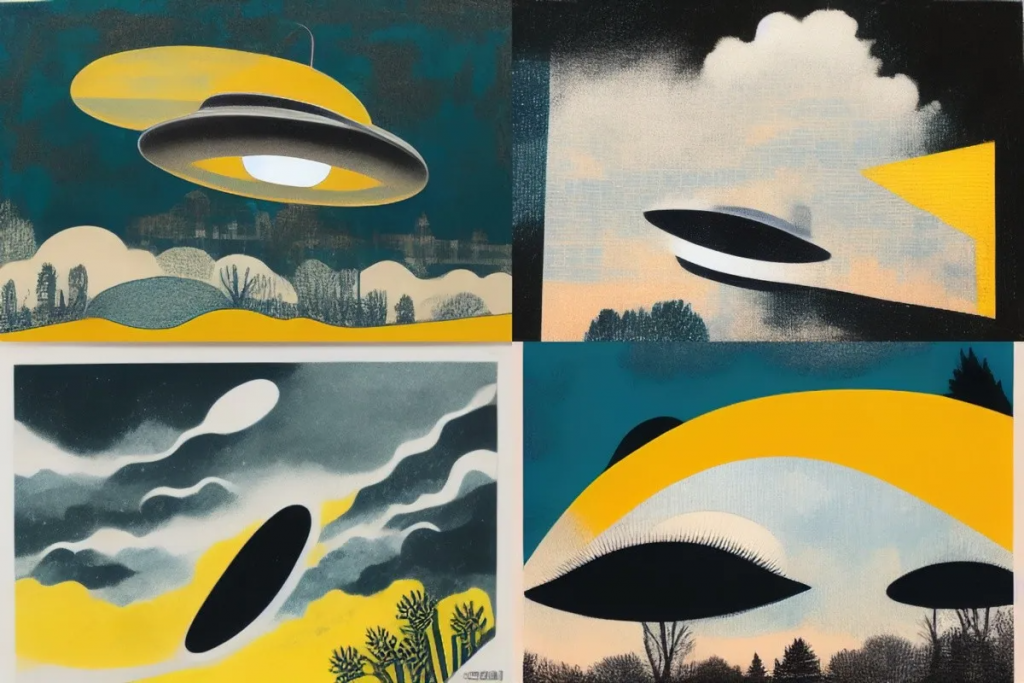
Is machine learning going to replace visual artists? What are the ethical dilemmas raised by AI tools? Can neural networks enhance your creative process?
Assignment: create a magazine or a publication using the output of a generative AI. Can you produce a non-derivative artwork? Can you make something that would not be possible with traditional means?
Drawing with Code
What is coding for the visual arts? Where is the line separating an interactive artwork from an art making tool? How can you create and customize programs without a degree in computer science?
Part 1 – Topics: intro to p5.js, coordinates, primitives, colors, variables
Assignment: Draw a stylized face with code. It has to be a “monster portrait” of your teammate: aiming to capture an aspect of their personality, interests, or biography. Sketch it first in Illustrator. Then make it sound reactive.
Part 2 – Topics: Art tools and interactive art, mouse input, random, blend modes.
Assignment: Create an artistic drawing tool. It can have a built-in aesthetic but try to make it flexible enough to produce different images. The program should produce images that are impossible or hard to make with a “standard” drawing application like Photoshop. As “critique” create an image made with your classmates’ applications.
Part 3 – Topics: Generativity, modularity, if statements, image assets.
Assignment: Create a randomly generated pattern using modular, multilayered graphics you created.
Part 4 – Topics: Drawing machines, repetition and variation, patterns. for loops, nested loops, noise, harmonic oscillations.
Assignment: Create a dynamic sketch representing order vs. disorder based on the mouse x position. Add an appropriate looping sound.
As “critique” modify/remix/improve/customize one of your classmates’ projects.
Part 5 – Topics: classes, objects, generative AI.
Assignment: collaborate with an AI tool like chatGPT to create a particle system that exhibits complex behavior.
Interactive Storytelling
Assignment:
Pick one of these accessible tools: Bitsy, and Downpour.
Create an interactive story/game starting from an assigned theme.
Internet ready-made
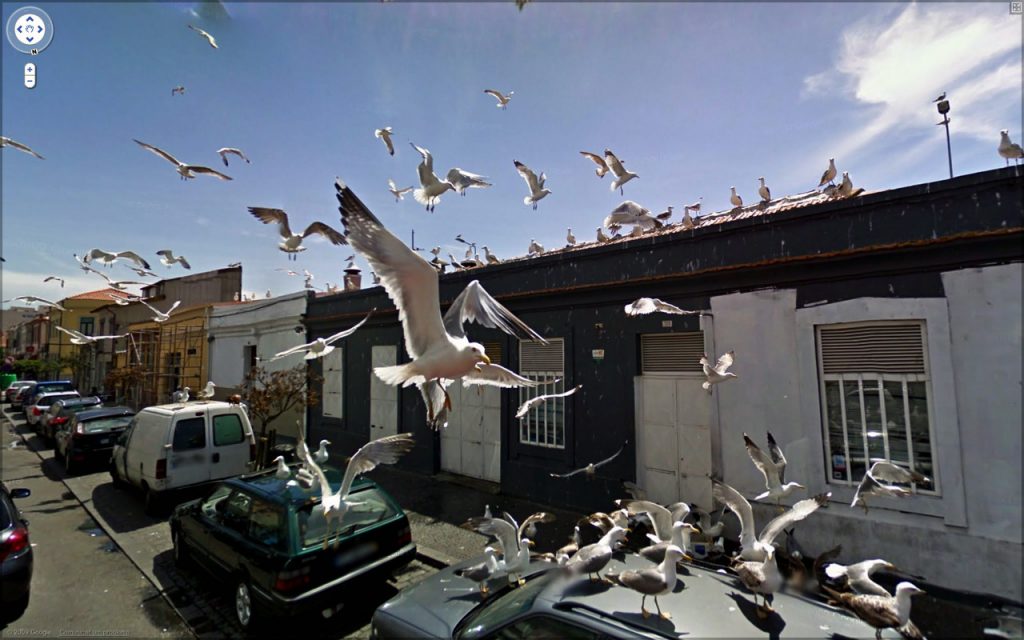
What is the role of an artist in relation to the ubiquitous and democratized creativity of the internet? What separates a “content creator” from a “fine artist” when the tools and platforms they use are the same? What is the status of found objects in the digital realm?
Assignment: This is a research and curation assignment. Collect a series of images or digital artifacts from the internet centered around a particular theme, concept, aesthetic. Write a curatorial statement and find the most appropriate format to present it to a public.
Immersive Environment
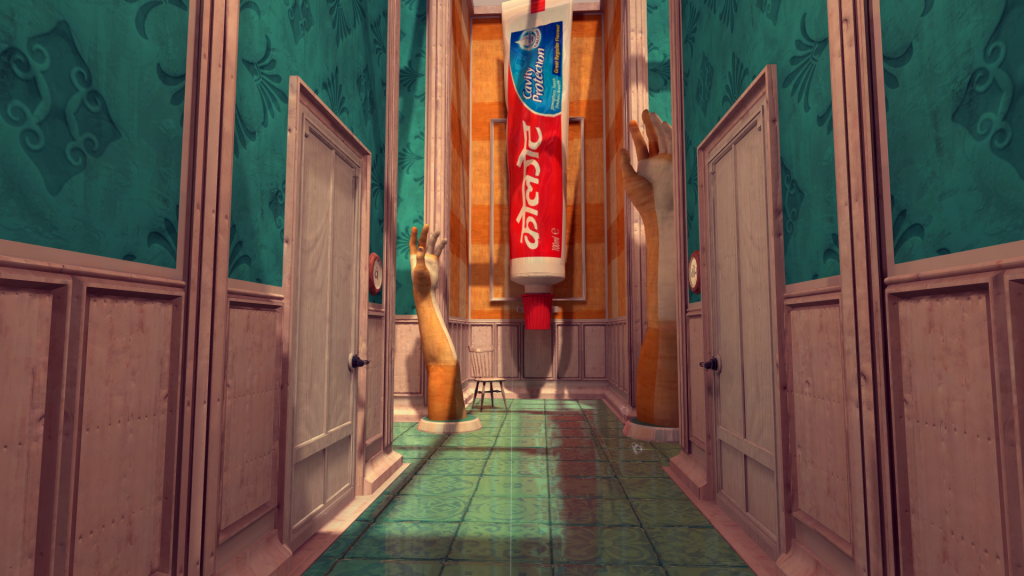
How can we use video game technologies for expressive purposes? What becomes of object-making, architecture, and installation art, when we move to the virtual realm?
Assignment: Create one-minute expressive virtual environment using 2D images, text, sound, accessible 3D modeling tools and the provided modular building blocks.
LEARNING OBJECTIVES
In this course you will:
- Familiarize with a wide range of contemporary artists that use digital media and the internet as core component of their practice.
- Learn the foundations of coding for visual applications.
- Learn concepts and strategies that will allow you to take advanced classes in Electronic and Time-based art.
- Acquire practical and conceptual tools that can enrich your non-digital art practice.
- Research topics beyond the field of fine arts.
- Make art that is not just about yourself.
MATERIAL REQUIREMENTS
Laptop: using your laptop is strongly discouraged for the unit “Immersive Environment” (3D/Unity) but allowed for the other sections.
Mouse: You will need a 3 button mouse for the unit “Immersive Environment” (3D/Unity).
External Hard Drive: In this class you will be working with big files that cannot be stored on the lab computers or in the cloud. Having an external hard drive will be essential to backing up your work and transporting it from home to school.
Software: All the software needed in this class is free or provided by CMU.
POLICIES
I’ll ask you to read and sign a little contract. We will discuss it and amend it on the first day of class.
* Absences:
I will inform the professor and my teammate of my absences via email at least one hour before class.
I’m entitled to a total of 4 absences over the course of the semester.
This class doesn’t differentiate between justified and unjustified absences. I am not required to give my professor any justification nor explanation for my absences.
I am aware that more than 4 absences will trigger a check from my academic advisor, the university’s health services, or disability resources. If the extra absences are not validated, they will produce a letter grade drop on my final grade.
I am responsible for catching up with the class, and looking into the material that I have missed.
I will not expect any online or hybrid accommodation if I’m not able to attend class.
* Participation:
I will engage actively in discussions and critiques.
I expect the professor to adopt a variety of critique formats to account for different personality types.
* Net addiction
I value face-to-face interaction, so I commit to not use phones and computers during lectures, critiques, and discussions, ie. any time somebody is speaking to the class.
* Computer habits
I understand that using my personal laptop will require more responsibilities on my side:
-I will disable all push notifications from social media unrelated to class
-I will reboot my system before class and close all the applications
-I will bring and use a mouse when it’s required
-I will bring and use my charger all the time
-I will make sure I have enough room in my hard drive
-I will make sure I have all the required applications installed
-If unable to meet these basic requirement I will use the lab computers
* Communications
I will use the class Discord to keep up with asynchronous communications, announcements, and questions that could be of general interest.
To keep a proper record, I will use the CMU email for personal communication with the professor.
*Assignments
I will negotiate late assignment submissions with the professor at least 24 hours before the deadline. I understand it will have to be justified and will not be automatically granted.
I will be present and participate to critiques even if I don’t have my work.
*Tardiness
I will be in class before the official beginning of the session.
I understand that late arrivals may affect my grade: arriving over 10 minutes late more than 3 times = 10% grade reduction.
*Office hours
I am entitled to a one-to-one meeting with the professor for feedback and general check-in every semester.
*Plagiarism and “collaborations”
I acknowledge that the concept of plagiarism is somewhat elusive in digital media as we working with open source tools and libraries, remixing and building upon the work of a multitude of people.
However I will not outsource the class work to other people nor plagiarize assignments and exercises from my classmates.
*Generative AI
I will not use large language models such as chatGPT in the production of response papers, research, documentation, and correspondence.
I acknowledge that generative AI tools such as chatGPT or Midjourney are allowed in creative studio projects unless otherwise specified. I will declare where and how such tools have been used.
*Community agreements
These statement apply to both student and instructors:
We will speak from our own experiences (make ‘I’ statements).
We will respect differences; we’re all privileged in some ways.
We agree to critique ideas, not people.
We will not assume the identity of others, nor ask individuals to speak for their perceived social group.
We will hold this as a brave space, where we take risks, be vulnerable and hold each accountable with love and respect.
We agree to have only ‘one mic’: we will listen respectfully without interrupting.
We agree to practice active listening: when someone is speaking, we will listen without also thinking about how we are going to respond/rebut.
We may share what we learn but will keep others’ stories and personal experiences in confidence.
We will ‘move up, move up’: those who tend to speak a lot will ‘move up’ their listening; those who tend
to hold back and listen will ‘move up’ their speaking.
GRADING
Qualitative feedback during in-class critiques is the most important form of evaluation and you will get plenty of it, but we live in a quantified society so grades need to happen.
Grade composition:
Internet ready-made: 10%
Drawing with Code: 30%
Virtual Environment: 20%
Interactive Storytelling: 10%
Artificial creativity: 20%
Attendance, participation, computer habits: 10%
INCLUSIVITY STATEMENT
It is my intent that students from all diverse backgrounds and perspectives be well served by this course and that the diversity that students bring to this class be viewed as a resource, strength, and benefit. I intend to present activities that accommodate and value a diversity of gender, sexuality, disability, age, socioeconomic status, ethnicity, race, and culture. I will gladly honor your request to address you by your preferred name and gender pronoun. I commit to make individual arrangements to address disabilities or religious needs (e.g. religious events in conflict with class meetings). Please advise me of these preferences and needs early in the semester so that I may make appropriate changes to my plans and records. Debate and free exchange of ideas is encouraged but I will not tolerate harassment, i.e. a pattern of behavior directed against a particular individual with the intent of humiliating or intimidating.
CONTENT WARNINGS
Being in an art school, you should expect to be exposed to content that challenges your moral, ethical, and aesthetic values. In case of extremely graphic content, I will warn the class in advance. If you have a history of PTSD please let me know privately if there are types of content that are known to act as trauma triggers for you.
STRESS CULTURE
Take care of yourself. Do your best to maintain a healthy lifestyle this semester by eating well, exercising, avoiding drugs and alcohol, getting enough sleep and taking some time to relax. This will help you achieve your goals and cope with stress. All of us benefit from support during times of struggle. You are not alone. There are many helpful resources available on campus and an important part of the college experience is learning how to ask for help. Asking for support sooner rather than later is often helpful. If you or anyone you know experiences any academic stress, difficult life events, or feelings like anxiety or depression, we strongly encourage you to seek support.
Counseling and Psychological Services (CaPS) is here to help: call 412-268-2922 and visit their website. Consider reaching out to a friend, faculty, or family member you trust for help getting connected to the support that can help.

